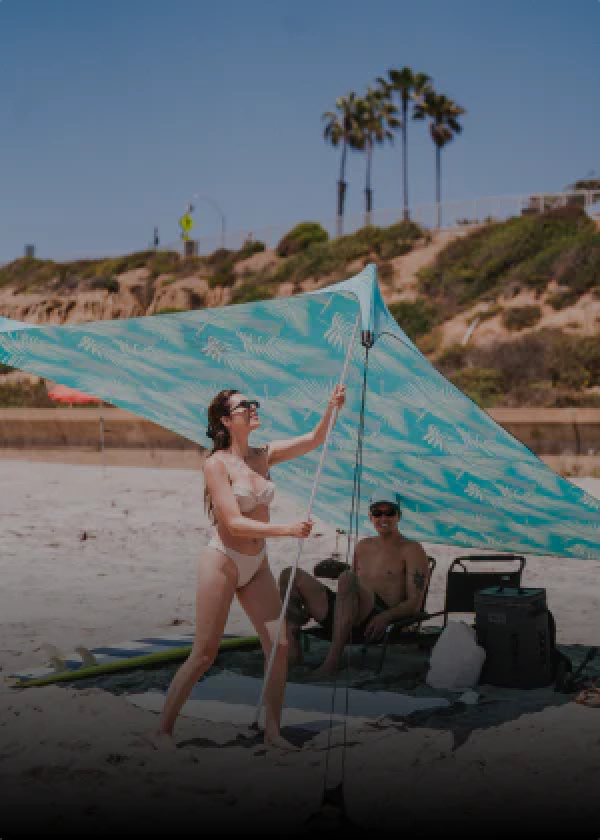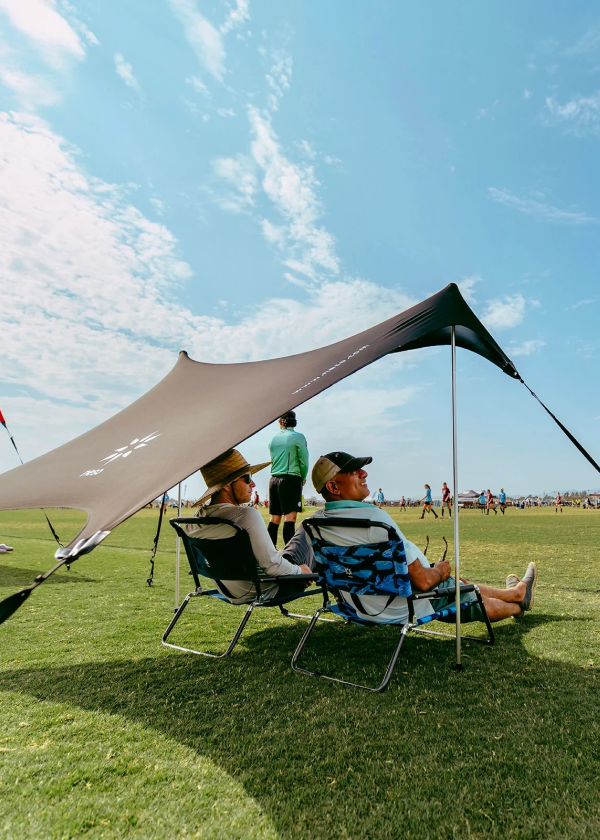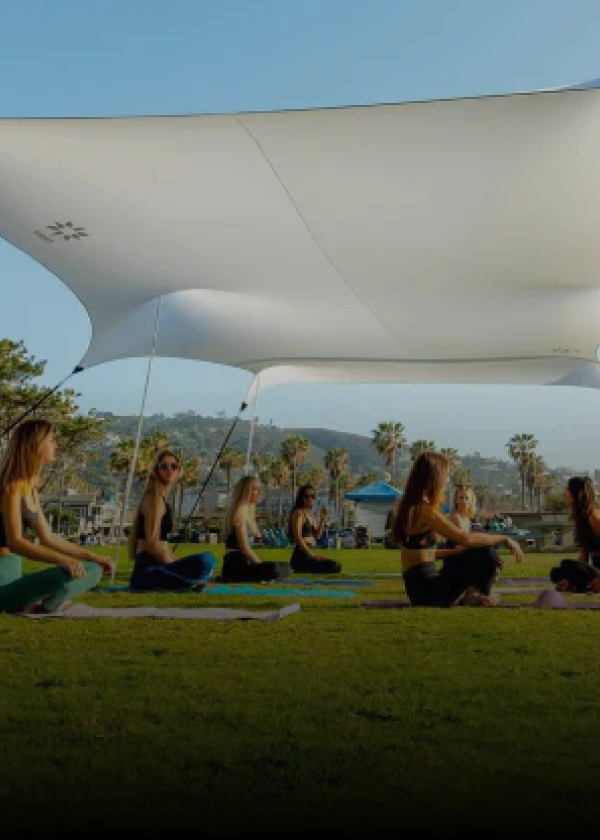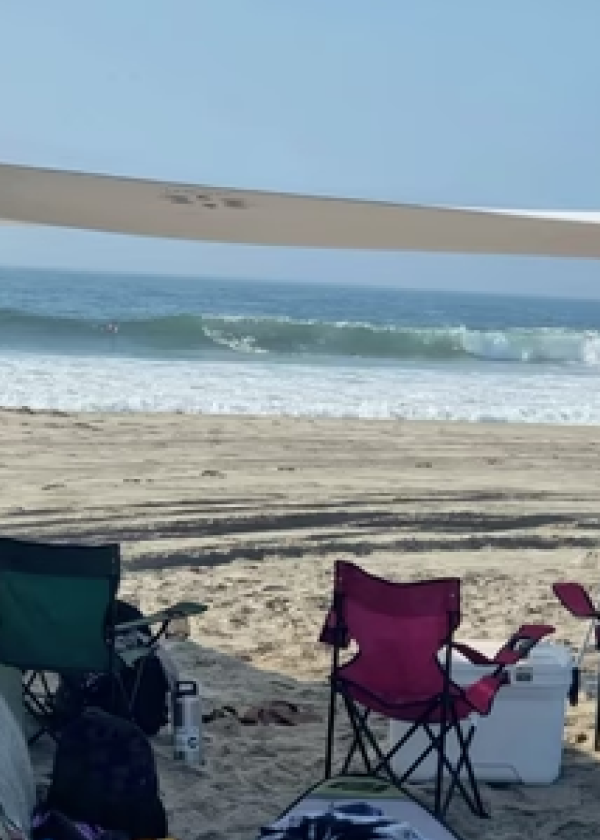The Basque country was a revolving door of sheer beauty from the moment we arrived until the moment we left. San Sebastian (one of the three Basque capitals) is a large, coastal city occupying two large bays. In the hills surrounding the city are lush, agricultural villages all cultivating apples (for cider) and grapes (for Txakolina a sparkling white wine). In recent years, San Sebastian has experienced huge increases in the number of visiting tourists and the reason can be summed up with one word… food.

We had several mind-blowing culinary experiences in San Sebastian and the surrounding neighborhoods. Food has always been important to Basque culture and the area now boasts the highest concentration of Michelin-stared restaurants in the world. The first stop for any tourist/foodie is a walk downtown for pintxos, small snacks of various ingredients typically served on a slice of bread. The name pintxos comes from the Basque word “pinchar” literally meaning, “to pierce.” Most of these small delicacies are pierced through with a toothpick to hold the toppings together with the bread. The food also lives up to its name, as every single bite seemed to pierce our understanding of just how good food could taste. Here was one of our favorite plates: cream of uni with toasted coconut and roe, smoked sturgeon with crème fresh and seaweed, roasted cod with grilled shisito peppers and onions, and goat cheese with sundried tomato, walnuts, pistachios and a balsamic glaze. Needless to say, each bite was pure poetry. This plate and two glasses of wine cost us about $15 American dollars.

It’s important to note that going out for pintxos is very far from the glamour of fine dining. The bars and taverns are packed and loud. Customers aggressively vie for the attention of the waiters, who stand safely behind the bar before long spreads of pre-plated pintxos. Once you catch a waiter’s eye, he or she will pass you a plate and you begin the overwhelming task of choosing which pintxos to put on your plate. When you’re finished the plate is passed back to the waiter and your tab is calculated. Meanwhile, other bartenders put on a show by pouring cider the traditional way, holding the bottle high over their heads and pouring and splashing the light gold liquid into the glass in their other hand. People shout and laugh, glasses and plates shatter in the background and the whole experience becomes a delightful sensory overload. Best of all, the glowing smiles on the faces of each waiter never falter. They take time to have short conversations, tease the customers about their shabby Spanish, and all the while convey sheer joy and immense pride. And why shouldn’t they? For such a small corner of the globe, their cuisine is among the most famous on earth.

In the rare moments we mustered up enough self-control to not be stuffing our faces with Pintxos, we explored the smaller, coastal towns nearby. We hung out under a Neso Tent at the local surf beach, Zurriola, and took a quick 25-minute drive west to check out Zarrautz and Getaria, two quaint fishing villages. Both were gorgeous and well worth a visit.

We took walks through beautiful parks adorned with peacocks and ducks playing in small ponds, we drove up to a high peak opposite the coast of the city and took in the stunning vistas of the entire San Sebastian coast-line. At night, we strolled along the main canal, which is lined with old fashion street lamps and makes for a very romantic “digestion stroll.”

We were given the tip to visit an authentic cider house (complete with its own orchard) in the area called Lizeaga. Lizeaga is a total gem and the atmosphere, the drinks, and the food will not disappoint; all are top-notch. Lizeaga is housed in a 16thcentury farmhouse where you are seated in the ground floor next to giant, centuries-old fermentation barrels. It’s an experience for any foodie or history buff.
In the 1600s the Basque cod fishing industry was in full swing and men from many of the coastal towns headed out to sea for months at a time. The Basques had discovered and begun fishing the populations of cod off the coast of Canada, in the North Atlantic, long before Columbus arrived in the Americas. On these long journeys, fresh water would spoil quickly, but cider could keep for an entire journey. Basque fishermen were rationed 3 liters of cider per day. We didn’t drink three liters, but we did enjoy two lovely bottles of Lizeaga cider. The first was made from a blend of apples from surrounding towns and the second was a single origin cider made exclusively from apples grown right there in their orchard. The cider was mildly sweet, but the dominant taste was sour and slightly acidic (think Bragg’s Apple Cider Vinegar). It is served chilled and is traditionally poured (from overhead, which we tried and is so much harder than it looks!) into tall glasses, but just an inch or two at a time. Small pours keep the cider from warming up so it stays crisp, refreshing and delicious until the last drop. I have to admit, it is now my all-time favorite beverage.

We were sad to leave the Basque Country, but also delighted to have explored this small, lesser-known cultural bubble. My wife and I both agreed, what made this place so exciting and so beautiful, was the preservation of culture. They did things the old fashioned way and were proud of it. The Basque people make it very clear to everyone who pays them a visit… “This is not Spain. This is not France. This is the Basque Country.” We pondered this saying while we enjoyed one last swim as storm clouds gathered overhead. With our hearts and our bellies full to bursting, we felt it to be completely accurate.






